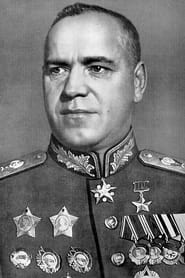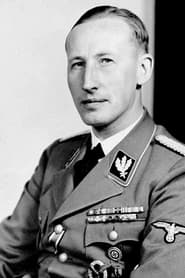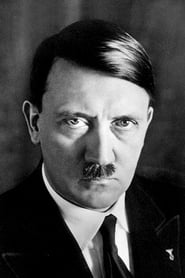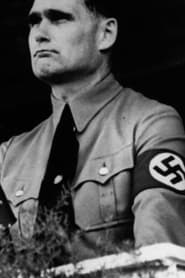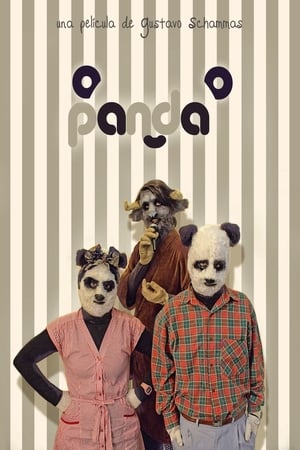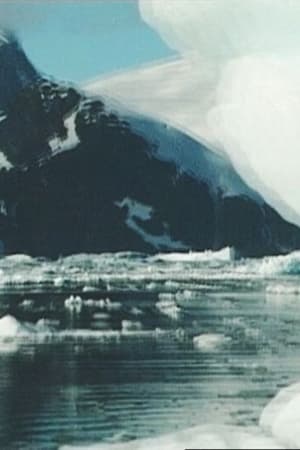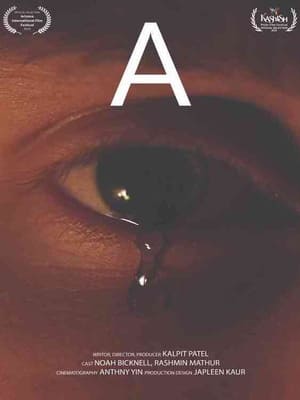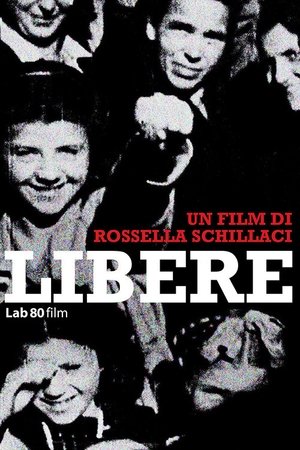

Adolf Hitler - Ein Volk, ein Reich, ein Führer: Dokumente der Zeitgeschichte(1953)
The film begins with the First World War and ends in 1945. Without exception, recordings from this period were used, which came from weekly news reports from different countries. Previously unpublished scenes about the private life of Adolf Hitler and Eva Braun were also shown for the first time. The film was originally built into a frame story. The Off Commentary begins with the words: "This film [...] is a document of delusion that on the way to power tore an entire people and a whole world into disaster. This film portrays the suffering of a generation that only ended five to twelve. " The film premiered in Cologne on November 20, 1953, but was immediately banned by Federal Interior Minister Gerhard Schröder in agreement with the interior ministers of the federal states of the Federal Republic of Germany.
Movie: Adolf Hitler - Ein Volk, ein Reich, ein Führer: Dokumente der Zeitgeschichte
Top 10 Billed Cast
Self

Adolf Hitler - Ein Volk, ein Reich, ein Führer: Dokumente der Zeitgeschichte
HomePage
Overview
The film begins with the First World War and ends in 1945. Without exception, recordings from this period were used, which came from weekly news reports from different countries. Previously unpublished scenes about the private life of Adolf Hitler and Eva Braun were also shown for the first time. The film was originally built into a frame story. The Off Commentary begins with the words: "This film [...] is a document of delusion that on the way to power tore an entire people and a whole world into disaster. This film portrays the suffering of a generation that only ended five to twelve. " The film premiered in Cologne on November 20, 1953, but was immediately banned by Federal Interior Minister Gerhard Schröder in agreement with the interior ministers of the federal states of the Federal Republic of Germany.
Release Date
1953-11-13
Average
4.3
Rating:
2.1 startsTagline
Genres
Languages:
DeutschKeywords
Recommendations Movies
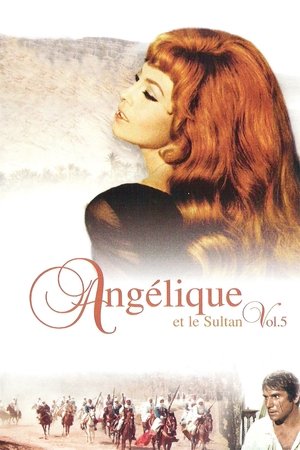 6.4
6.4Angelique and the Sultan(fr)
Angélique is in a North African Muslim kingdom where she is now part of the Sultan's harem. She refuses to be bedded as her captors try to beat sense into her. She finally decides to escape with the help of two Christian prisoners.
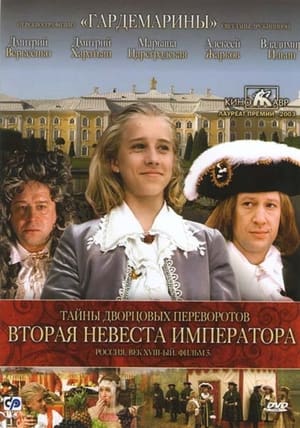 6.1
6.1Secrets of Palace coup d'etat. Russia, 18th century. Film №5. Second Bride Emperor(ru)
As a result of a successful conspiracy against Menshikov, Peter II is prematurely recognized as an adult and is in a hurry to be crowned in Moscow. The Dolgoruky brothers gather for this celebration. There were eight of them - all-powerful and influential representatives of the ancient Rurikovich family - and among them the beautiful Ekaterina, the daughter of the huntsman Alexei.
 7.7
7.7Panda! Go Panda!(ja)
Cheerful Mimiko has a wonderfully strange family—a Panda for her Papa; and his son Panny, calls her Mom! When Panny follows Mimiko to school, he must pretend to be a teddy bear so Mimiko won't get into trouble. Despite his efforts to behave, Panny causes trouble in school and now the school is after Panny! Then, Panny makes a new friend, Tiny, a baby tiger who's wandered off from the circus.
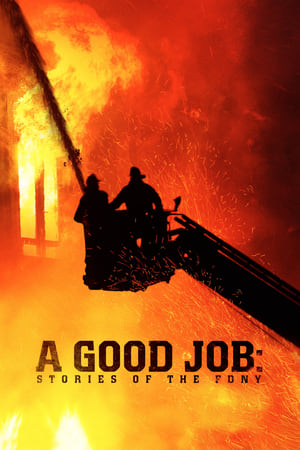 5.8
5.8A Good Job: Stories of the FDNY(en)
Acclaimed actor and FDNY veteran Steve Buscemi looks at what it's like to work as a New York City firefighter. Utilizing exclusive behind-the-scenes footage and firsthand accounts from past and present firefighters, explore life in one of the world's most demanding fire departments while illuminating the lives of the often 'strong and silent' heroes.
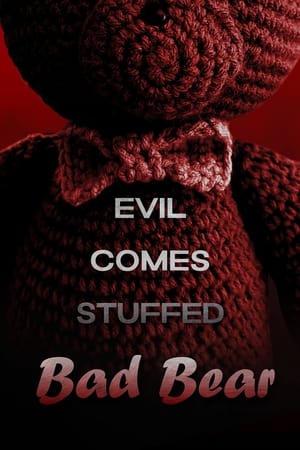 8.3
8.3Bad Bear(en)
Noah Holiday lives his life being constantly reminded of a tragic event that occurred while he was a baby in 2004. During his rough times alone, Noah rediscovers his long lost childhood teddy bear; however, what once brought him great joy now has a mind of his own and has sinister plans in store for him.
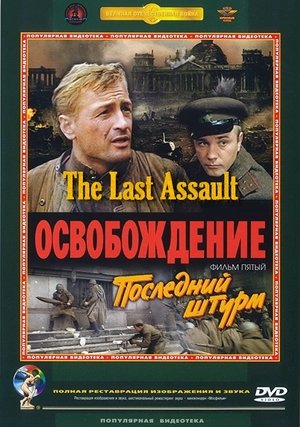 7.4
7.4Liberation: The Last Assault(ru)
In Berlin, Lieutenant Yartsev's infantry and Tzvetaev's battery fight their way in the U-Bahn. Captain Neustroev's company is selected to hoist the Victory Banner atop the Reichstag.
 6.6
6.6The F-Word(ru)
The video refers to the current protests in Belarus, political struggle and state violence through the discourse of fascism. The topic of fascism and victory over it has for a long time been central to the state ideology of Belarus.
 5.8
5.8X(es)
The film tells the obsession of a policeman to find out who is the murderer of a young homosexual. The character played by Antonio Resines, is a cop who gets up in a strange house with a huge hangover and has no memory of what he did last night, when the homosexual was killed. He is the prime suspect.
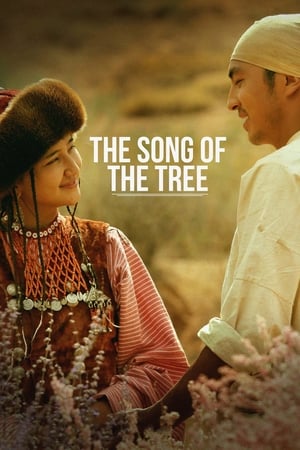 5.3
5.3The Song of the Tree(ky)
Esen, a young man who has been expelled from his village, escapes with the daughter of one of the most powerful men in the village. Whilst being pursued, he is forced to fight for her hand in a battle that results in the destruction of a sacred totem tree. This puts the whole village in jeopardy, and it is up to Esen to redeem himself and save them all.
 7.6
7.6Re-Cycling(en)
This direct-to-draw animated film on 35 mm film features the imagery of 10 European directors in a collective project. Each produced 1 minute of animation on film, drawing directly onto it in his or her own style.
 6.6
6.6Live in Front of a Studio Audience: Norman Lear's "All in the Family" and "The Jeffersons"(en)
Celebrities re-create an original episode each from "All in the Family" and "The Jeffersons."
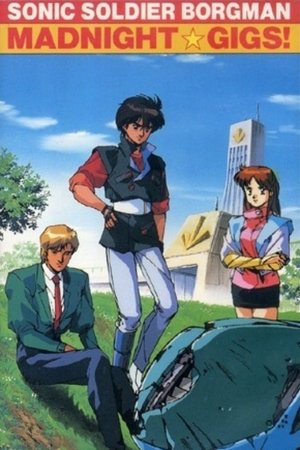 5.8
5.8Sonic Soldier Borgman: Madnight☆Gigs!(ja)
A music clip OVA using full versions of songs that were from the anime.
 5.9
5.9Station Six-Sahara(en)
A beautiful blonde joins a small group of men running an oil station in the Sahara Desert and starts the emotions soaring.
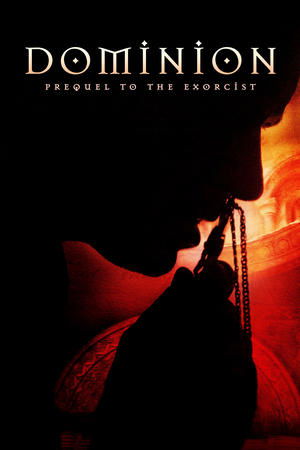 5.3
5.3Dominion: Prequel to The Exorcist(en)
Father Merrin takes a sabbatical from the Church to devote himself to history and archaeology as he struggles with his shattered faith.
 6.5
6.5When It Melts(nl)
Many years after a sweltering summer that spun out of control, Eva returns to the village she grew up in with an ice block in the back of her car. In the dead of winter, she confronts her past and faces up to her tormentors.
Similar Movies
 5.3
5.3Battle of the Commandos(it)
A British Colonel is angry with his superiors after his entire platoon is slaughtered by the Germans in what he saw as a suicide mission. So for his next mission, he takes along a platoon a convicted criminals - to prepare the Normandy beaches for the D-Day landings.
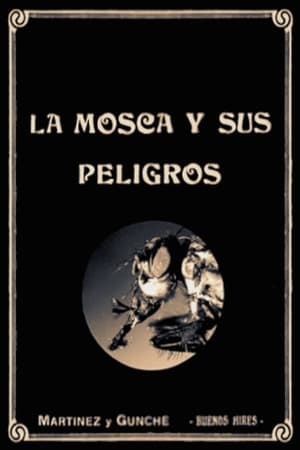 5.4
5.4The Dangers of the Fly(es)
The Dangers of the Fly is an educational film made by Ernesto Gunche and Eduardo Martínez de la Pera, also responsible for Gaucho Nobility (1915), the biggest blockbuster of Argentinean silent cinema. De la Pera was a talented photographer, always willing to try new gadgets and techniques. This film experiments with microphotography in the style of Jean Comandon's films for Pathé and it is part of a series which included a film about mosquitoes and paludism and another one about cancer, which are considered lost. Flies were a popular subject of silent films and there are more than a dozen titles featuring them in the teens and early twenties.
 5.0
5.0Great Times(sk)
The drama of the last days of the second world war through the eyes of children in rural areas.
If I Don't Come Home: Letters from D-Day(en)
A partly dramatised account of the lives of four Allied servicemen ahead of D-Day, the programme told their story through their final letters home before the assault.
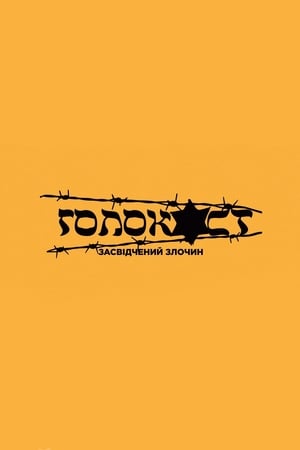 0.0
0.0The Holocaust. Certified crime(uk)
The documentary tells the stories of people who were just children during the Second World War and the Nazi occupation of Ukraine. Its protagonists now live in Kyiv, Dnipro, and Odesa, where the filming took place. They survived the ghetto and also witnessed mass shootings that took place, according to researchers, in about five thousand locations across Ukraine. Each of the heroes lost loved ones. Parents, brothers, sisters, loved ones. Everyone had a single task during these terrible years - to survive. The entire mosaic of terrible memories collected in the film is part of a story of survival.
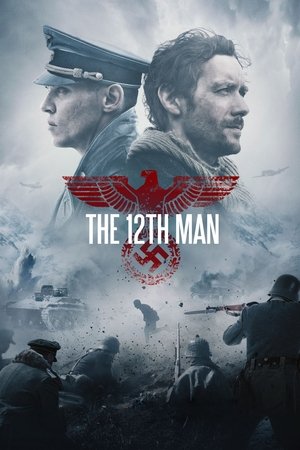 7.2
7.2The 12th Man(no)
After a failed anti-Nazi sabotage mission leaves his eleven comrades dead, a Norwegian resistance fighter finds himself fleeing the Gestapo through the snowbound reaches of Scandinavia.
 7.1
7.1Mrs. Miniver(en)
Middle-class housewife Kay Miniver deals with petty problems. She and her husband Clem watch her Oxford-educated son Vin court Carol Beldon, the charming granddaughter of the local nobility as represented by Lady Beldon. Then the war comes and Vin joins the RAF.
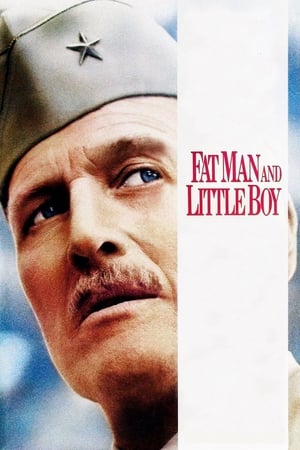 6.2
6.2Fat Man and Little Boy(en)
Assigned to oversee the development of the atomic bomb, Gen. Leslie Groves is a stern military man determined to have the project go according to plan. He selects J. Robert Oppenheimer as the key scientist on the top-secret operation, but the two men clash fiercely on a number of issues. Despite their frequent conflicts, Groves and Oppenheimer ultimately push ahead with two bomb designs — the bigger "Fat Man" and the more streamlined "Little Boy."
 6.4
6.4Reunion in France(en)
Frenchwoman Michele de la Becque, an opponent of the Nazis in German-occupied Paris, hides a downed American flyer, Pat Talbot, and attempts to get him safely out of the country.
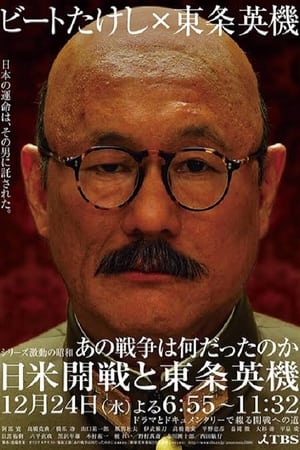 0.0
0.0What the War Meant(ja)
The drama stars Beat Takeshi as General Hideki Tojo, who served as Prime Minister of Japan during World War II and was later executed as a war criminal. The story's theme is said to be a look at how the Pacific War began, focusing mostly on the three month period between the Imperial Conference (Gozen Kaigi) on September 6, 1941, and the attack on Pearl Harbor on December 7, 1941.
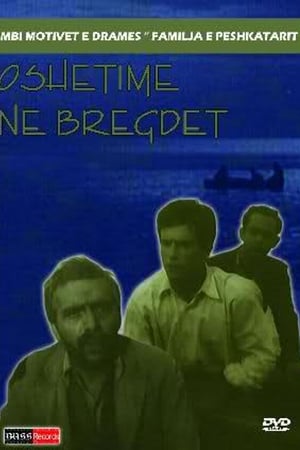 9.0
9.0Echo on the Seashore(sq)
World War II. Patriot Jonuz Bruga has troubles with his young son, Selim, who leads an immoral lifestyle and does not support the anti-fascist war, while his brothers fight in the city's guerrilla units.
 0.0
0.0The Ambush(sq)
A film set during World War II - a small partisan unit must ambush a German convoy.
The Incredible Bread Machine Film(en)
A discussion of the economic and political ideas presented in the book "The Incredible Bread Machine".
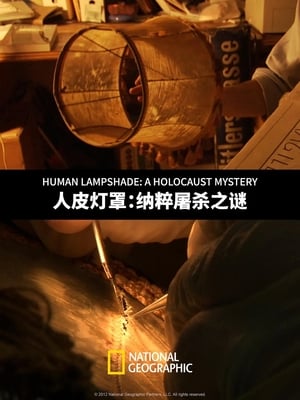 4.5
4.5Human Lampshade: A Holocaust Mystery(en)
This story follows one man's quest to uncover the origins and reveal the mysteries of a possible Holocaust artifact some historians now say never existed: lampshades made of human skin. When the flood waters of Hurricane Katrina receded, they left behind a wrecked New Orleans and a strange looking lamp that an illicit dealer claimed was 'made from the skin of Jews.'
 6.9
6.9The Secret of Santa Vittoria(en)
During World War II, Italian villagers hide their wine from the German army.
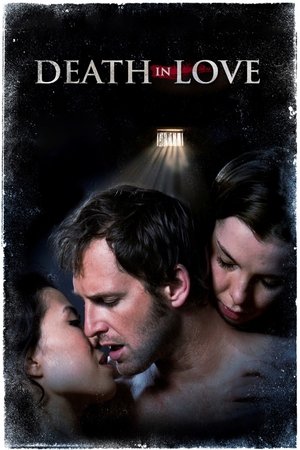 4.8
4.8Death in Love(en)
Death in Love is a psychosexual-thriller about a love affair between a Jewish woman and a doctor overseeing human experimentation at a Nazi German concentration camp, and the impact this has on her sons' lives in the 1990s.
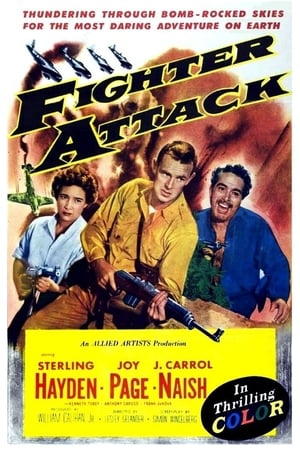 4.5
4.5Fighter Attack(en)
World War II film set in German occupied Italy. A US fighter pilot is shot down in enemy territory during a raid against a German supply depot. He receives from Italian partisans in laying the groundwork for a new attack by his squadron.
 7.2
7.2The English Patient(en)
In the 1930s, Count Almásy is a Hungarian map maker employed by the Royal Geographical Society to chart the vast expanses of the Sahara Desert along with several other prominent explorers. As World War II unfolds, Almásy enters into a world of love, betrayal, and politics.

